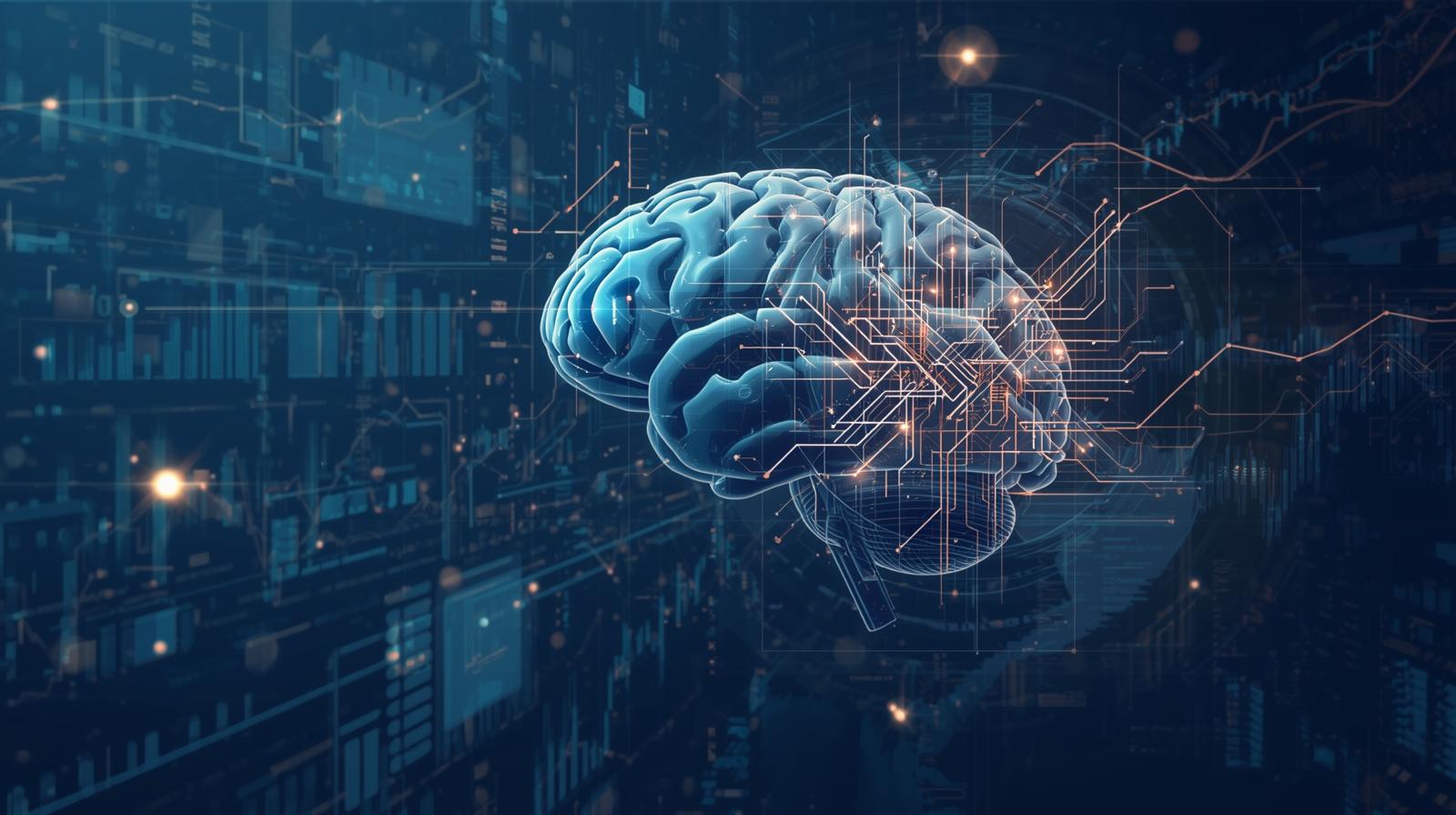AI-Powered Market Analysis: Hype or Game-Changer?

Financial markets are seductive. Every trader, analyst, or broker dreams of a crystal ball. In recent years, AI and machine learning (ML) have been marketed as that crystal ball – promising to forecast trends, detect regime shifts, and deliver outsized returns. But how much of that promise is real – and how much is smoke and mirrors? Let's cut through the hype and examine what works, what doesn't, and where the real edge lies.
The Reality Check
Before calling AI the messiah of market predictability – or dismissing it entirely – it's worth grounding the discussion in what the data actually says.
- • A comparative study of deep learning models across several major indices (S&P 500, NASDAQ, Hang Seng) showed that while forecasting accuracy improves modestly, financial metrics that matter – returns, drawdowns, Sharpe ratio – often remain inconsistent.
- • A 2021 paper “ Effectiveness of Artificial Intelligence in Stock Market Prediction” found that AI's performance ismediocre overall: models sometimes outperform baselines, but rarely produce stable excess returns.
- • Another study comparing FinBERT, GPT-4, and simpler models (like Logistic Regression) found that in certain cases, simpler models actually outperformed the advanced ones in predictive accuracy.
So yes – there is substance behind AI-powered analysis – but it's fragile, highly contextual, and implementation-dependent.
When AI Tools Actually Work
| Success Factor | Why It Matters |
|---|---|
| High-quality, high-frequency data | ML models are data-hungry. Noise, gaps, and regime shifts can ruin performance. Without clean and consistent data, even the best model fails. |
| Clear objectives and risk metrics | Accuracy alone is meaningless. What matters is stability, drawdown control, and out-of-sample performance. |
| Avoiding overfitting | Many models perform perfectly on backtests – then collapse in real markets. Proper validation and walk-forward testing are critical. |
| Explainability and transparency | Regulators and investors want to understand why a model acts as it does. Black-box systems are hard to trust or troubleshoot. |
| Continuous adaptation | Markets evolve. Models must be retrained, monitored for drift, and stress-tested under new regimes. |
| Integration with human expertise | Data alone doesn't capture market psychology or macro context. The best results come when AI complements – not replaces – human judgment. |
Limitations and Hidden Risks
- 1. Signal-to-noise is brutal
- 2. Regime shifts break models
- 3. Data bias and decay
- 4. Explainability and compliance risk
- 5. Diminishing returns
- 6. Overreliance and crowding
Markets are chaotic and non-stationary. What looks like a signal might just be statistical noise dressed up in confidence intervals.
AI can't predict black swans – pandemics, policy shocks, or geopolitical ruptures. These events defy the model's training data.
Financial data can be incomplete, outdated, or biased. Over time, datasets accumulate “ data debt” that quietly erodes accuracy.
Under frameworks like MiFID II, firms must justify model decisions. A loss that can't be explained becomes not just a trading error – but a compliance issue.
Big models demand massive compute and cost. Yet the marginal gain in forecast accuracy often fails to offset execution costs and market slippage.
When too many firms use similar AI models, edge disappears. Strategies converge, correlation risk rises, and returns compress.
Case Studies: When AI Adds Value
- • ECB Communications Forecasting By applying AI text analysis to ECB statements, researchers improved policy decision predictions from ~70% to ~80% accuracy. That's an improvement – but still leaves 20% uncertainty.
- • Norway's Sovereign Wealth Fund The fund uses AI to optimize order execution and internalize trades, cutting costs substantially. Not prediction per se – but a clear operational win.
AI's sweet spot, so far, seems to be enhancing processes – not replacing human strategy.
Verdict: Game-Changer or Just Hype?
If we must choose – AI is an incremental game-changer, not a revolutionary one. It's a powerful tool, but not an oracle. The edge lies in how it's used, not in the buzzword itself.
For brokers, asset managers, and traders, the takeaways are clear:
- • Treat AI as augmentation – not automation – of decision-making.
- • Evaluate models on live results, not just backtests.
- • Build robust data pipelines and model governance.
- • Monitor for drift and regime changes.
- • Avoid over-engineering: simple models often deliver 90% of the value at 10% of the risk.
Looking Ahead
The future of AI in market analysis isn't about bigger models – it's about smarter integration.
- • Hybrid frameworks combining statistical, economic, and qualitative insights will dominate.
- • Explainable AI will become a regulatory and competitive necessity.
- • Alternative data – from satellite imagery to real-time sentiment – will continue to grow in importance.
- • Responsible AI practices will be required, not optional.
In short, AI won't replace the trader – but the trader using AI will likely outperform the one who doesn't.









